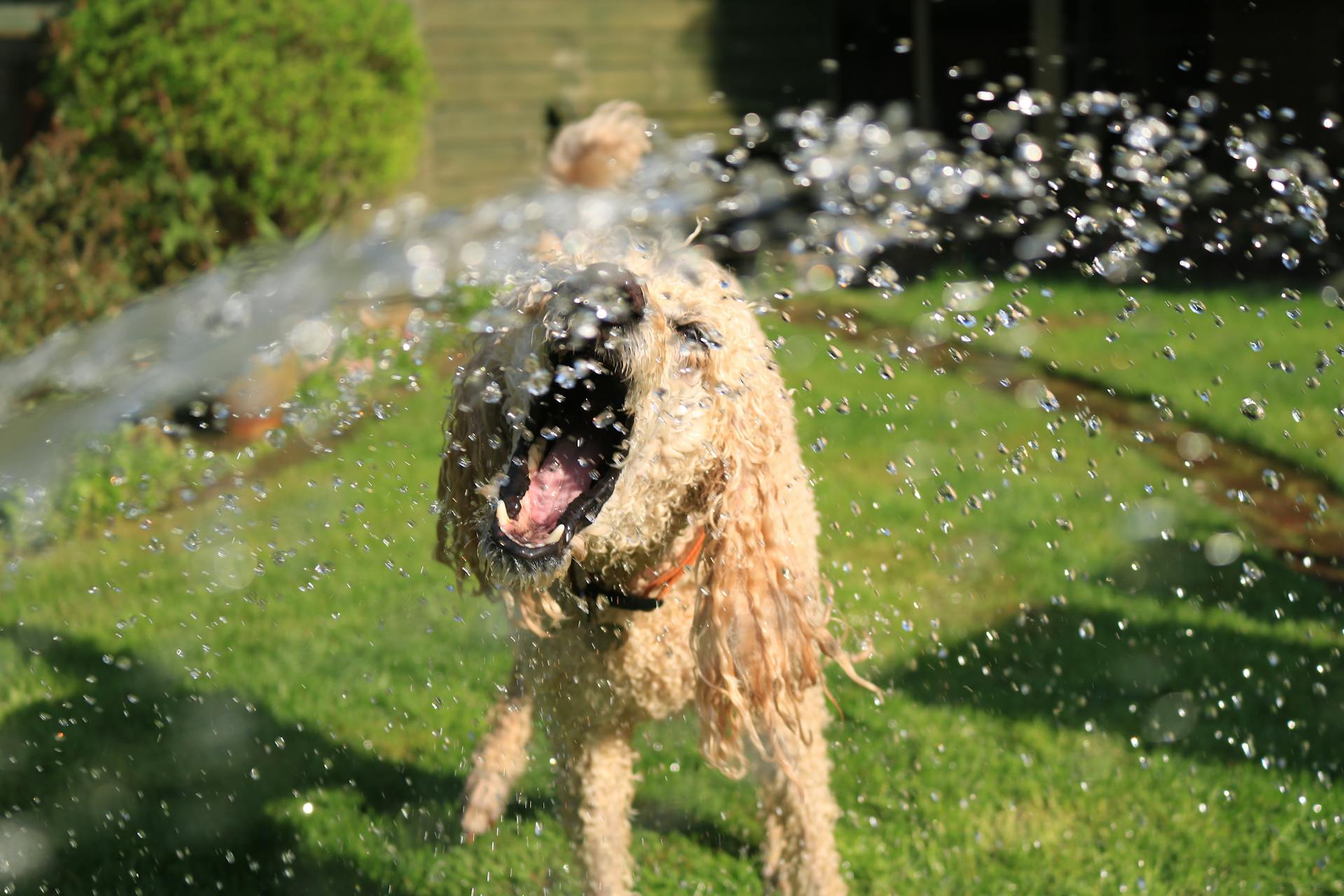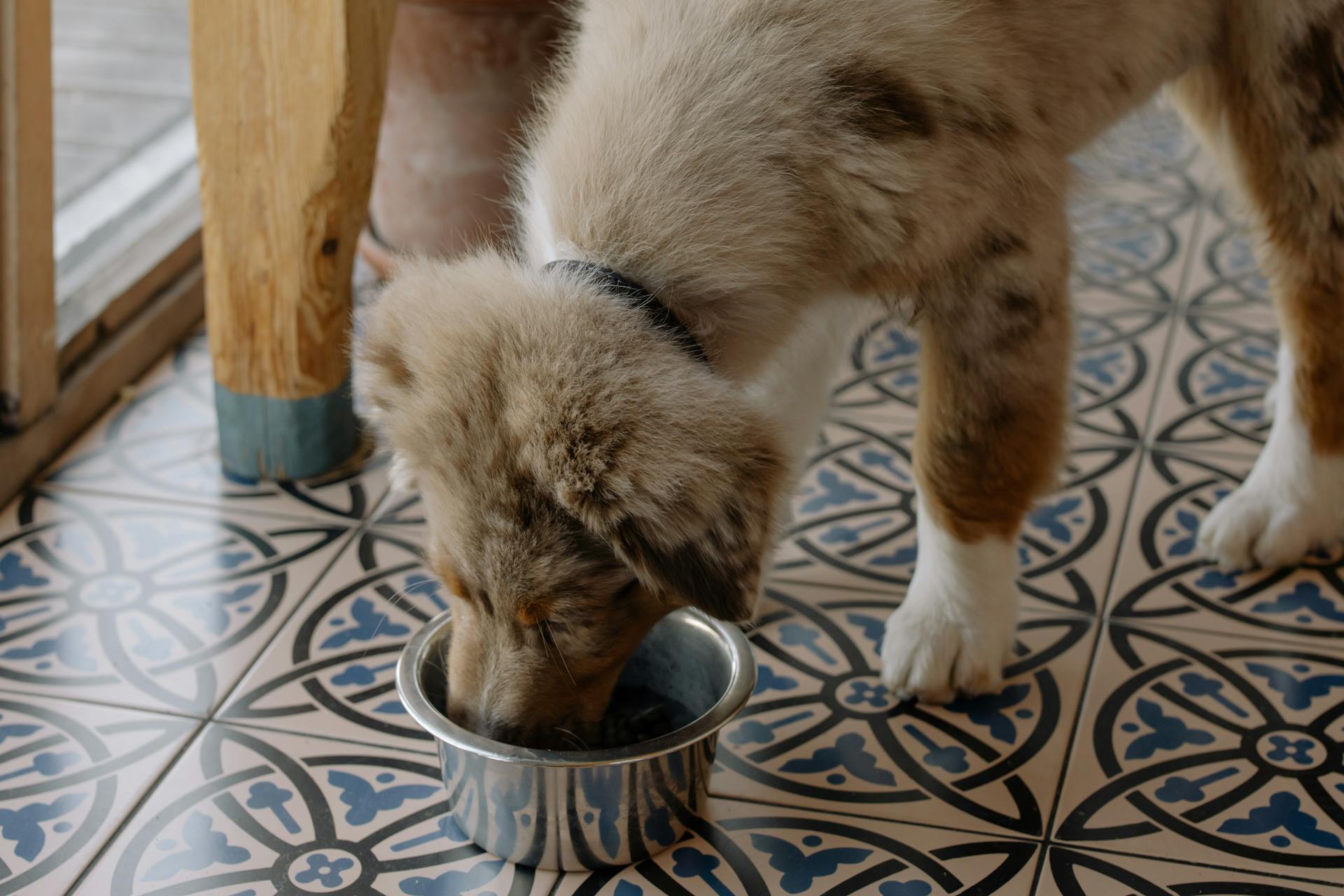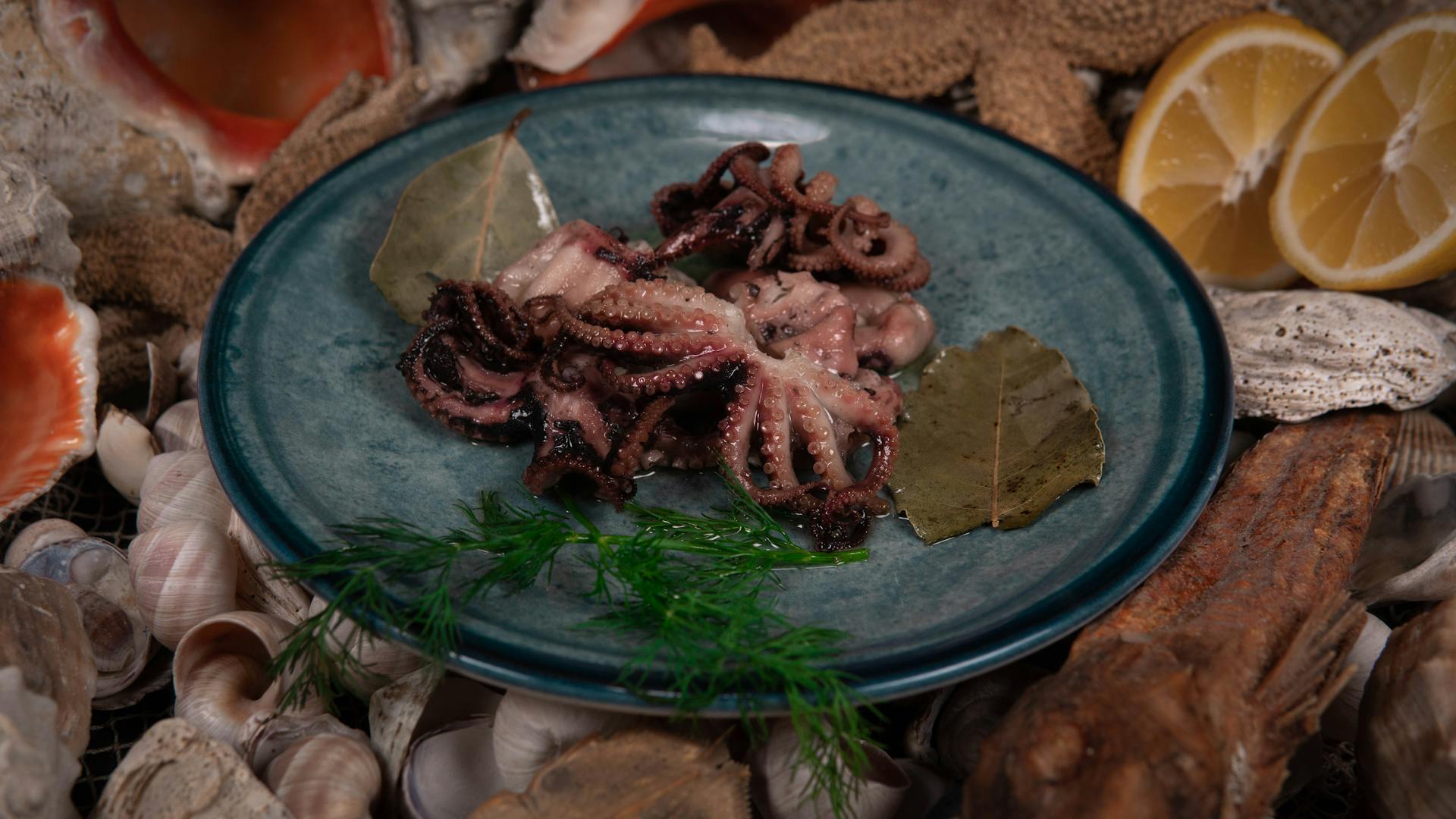
Bay leaves have been a staple in many households for centuries, and as a dog owner, it's essential to know how to use them safely around your furry friend. Bay leaves are toxic to dogs if ingested in large quantities, so it's crucial to keep them out of reach.
Dogs can be sensitive to the oils in bay leaves, which can cause vomiting, diarrhea, and abdominal pain if ingested. Bay leaves can also cause liver damage and other serious health issues if consumed in large amounts.
If you suspect your dog has ingested bay leaves, it's essential to seek veterinary attention immediately. The sooner you act, the better chance your dog has of making a full recovery.
To ensure your dog's safety, keep bay leaves in a secure location, such as a high cabinet or a locked container, and always supervise your dog when cooking.
Bay Leaf Toxicity
Bay Leaf Toxicity is a serious concern for dog owners. Bay leaves contain a toxic oil called eugenol, which can cause a range of symptoms in dogs, including vomiting, diarrhea, and lethargy.

If your dog eats a bay leaf, it's essential to monitor them closely for any adverse effects. Some common symptoms to look out for include diarrhea, vomiting, and acting more lethargic than usual.
In severe cases, eating a bay leaf can lead to gastrointestinal obstruction, which is a blockage in the digestive tract. This can cause vomiting, diarrhea, weakness, and bloating, and can be life-threatening if left untreated.
Here are some possible symptoms of bay leaf toxicity in dogs:
- Diarrhea
- Vomiting
- Lethargy
- Weakness
- Bloating
If you suspect your dog has eaten a bay leaf and is showing any of these symptoms, seek veterinary attention immediately.
What to Do If My Dog Eats Bay Leaves?
If your dog eats bay leaves, remove any other leaves within their reach right away. This is crucial in preventing further ingestion.
Look out for symptoms like diarrhea, vomiting, and lethargy. These are common signs that your dog has been affected by the bay leaves.

If you notice your dog has eaten a whole bay leaf, there's a chance a gastrointestinal obstruction might develop. This is a serious issue that requires immediate attention.
Consult with your veterinarian if you suspect your dog has eaten bay leaves and is showing adverse symptoms. Your vet will consider factors like your dog's size and age when deciding the best course of action.
Here are some common symptoms to watch out for:
- Diarrhea
- Vomiting
- Acting more lethargic than usual
Remember, if you're ever in doubt, it's always best to err on the side of caution and seek veterinary advice.
The Risks Around
Dogs shouldn't eat bay leaves, period. The risks associated with consuming bay leaves are real and can be severe.
Eating bay leaves can cause a nasty effect on your dog, including a burning sensation in their mouth, an upset stomach, vomiting, diarrhea, weakness, and lethargy.
Dried bay leaves are hard and have sharp edges, which can cut your dog's mouth, throat, and digestive tract if swallowed. This can lead to pain and refusal to eat or drink, causing weight loss and dehydration.

Bay leaves can also cause an obstruction in the gastrointestinal tract, which is more likely to occur if multiple leaves are swallowed. Obstructions can be partial or complete and block food and water from passing through, causing damage to the surrounding tissue.
If your dog has a bowel obstruction, you may see signs of vomiting, diarrhea, weakness, bloating, and abdominal pain. If you suspect your dog has eaten bay leaves and is experiencing these symptoms, take them to the vet immediately.
Here are some potential risks associated with bay leaf consumption in dogs:
- Burning sensation in the mouth
- Upset stomach
- Vomiting
- Diarrhea
- Weakness
- Lethargy
- Cuts in the mouth, throat, and digestive tract
- Gastrointestinal obstruction
Prevention and Safety
To prevent your dog from consuming bay leaves, treat them like any other toxic substance and keep them in a container your dog can't open.
You should store bay leaves in a cupboard that your dog can't reach.
Remove your dog from the kitchen when working with bay leaves to avoid any accidents.
Working with knives and hot equipment, as well as ingredients that may not be safe for your dog to eat, is a good reason to keep your dog out of the kitchen.
If you can't keep your dog out of the kitchen, be extremely careful when handling bay leaves to prevent any from dropping to the ground or being left on the table unsupervised.
Intriguing read: What Can You Feed Dogs Other than Dog Food
Laurel Benefits and Disadvantages

Bay leaf can have some negative effects on your dog if fed in large quantities or too often.
Eating bay leaf can lead to an overdose of eugenol, a substance found in the leaves, which can cause liver or kidney damage, blood clotting disorders, or seizures.
If your dog is sensitive to the essential oils in bay leaf, it can cause an allergic reaction, resulting in skin rashes, itching, or breathing difficulties.
Laurel can also cause gastrointestinal upset in dogs that can't tolerate its intense flavor or viscous consistency, leading to diarrhea, vomiting, or loss of appetite.
Dogs that are prone to these issues should be monitored closely if bay leaf is added to their diet.
Frequently Asked Questions
Can dogs eat rice cooked with bay leaf?
Dogs should not eat rice cooked with bay leaf due to the toxic compounds it contains, which can cause vomiting, diarrhea, and potentially life-threatening intestinal obstruction
Sources
Featured Images: pexels.com


